Yesterday was a historical day: a meeting at Cabane de Hérechet of Charles Darrieu and Michel Molia (French) with me (Dutch). We even had an international observer from Belgium: Henny.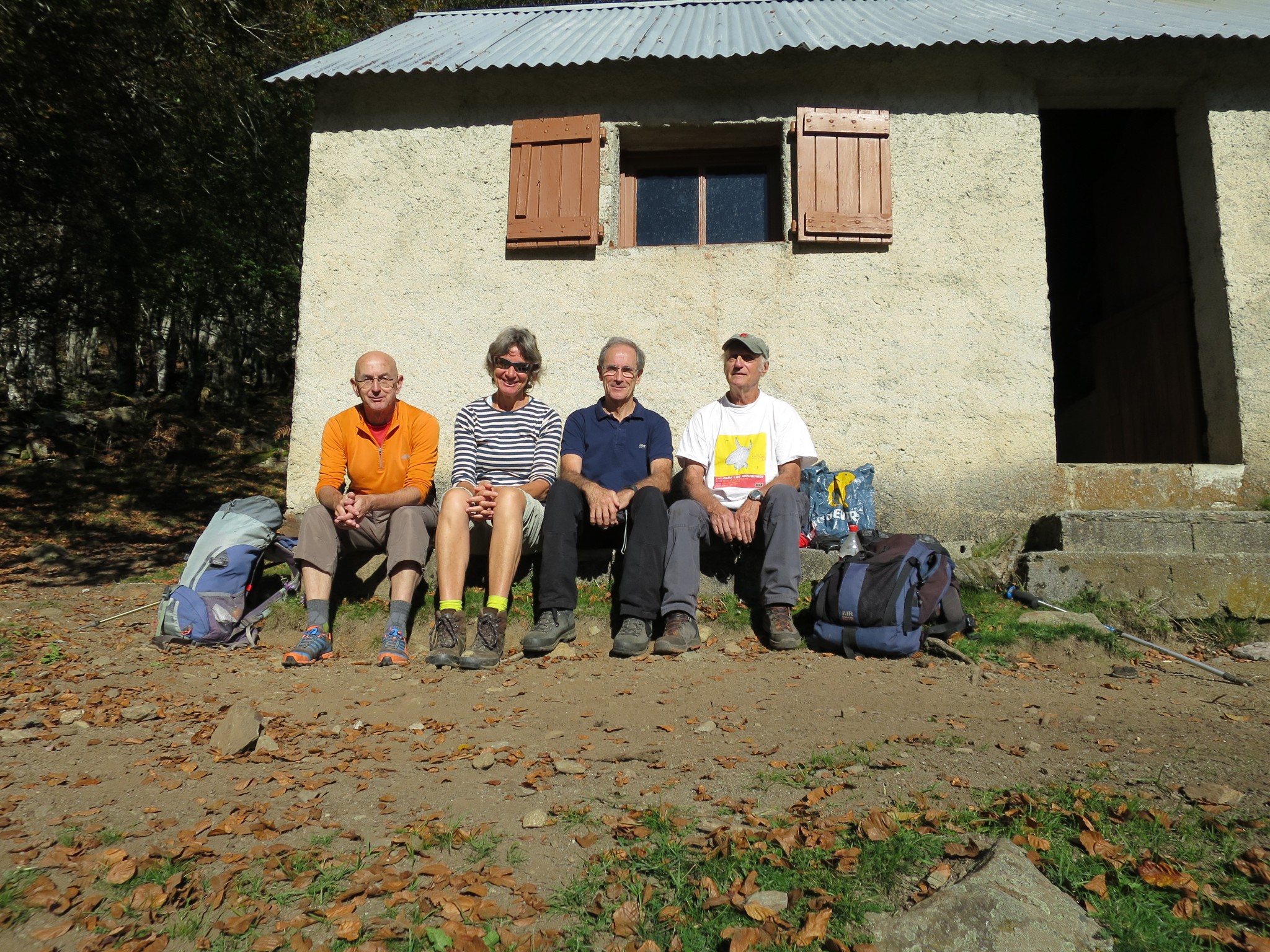
(from left to right: Eef, Henny, Charles, MIchel)
Both frenchmen have covered all the existing bordermarkers on the ESFR-borderline and are puzzled – like me – by the fate of the 408-submarkers III and IV. They were installed about 50 years ago on a steeps hillside but are now unfindable. These missing markers are linked with an intriguing story of how a local conflict about tresspassing led to a change of the international borderline (see
http://www.grpdesbf.nl/esfr-html-markers-408-submarkers.html)
Goals of our meeting: meeting each other and of course a last joint effort to find the missing markers. We didn’t find them (as expected) but we sure had a very pleasant and interesting meeting.
Conclusion: without a plan of the actual placement of the submarkers, there’s no clue where to search again after the numerous searches of us three.
There’s a French plan but buried somewhere in some archive but we now have a new link: a Spanish map kept in a Spanish archive.
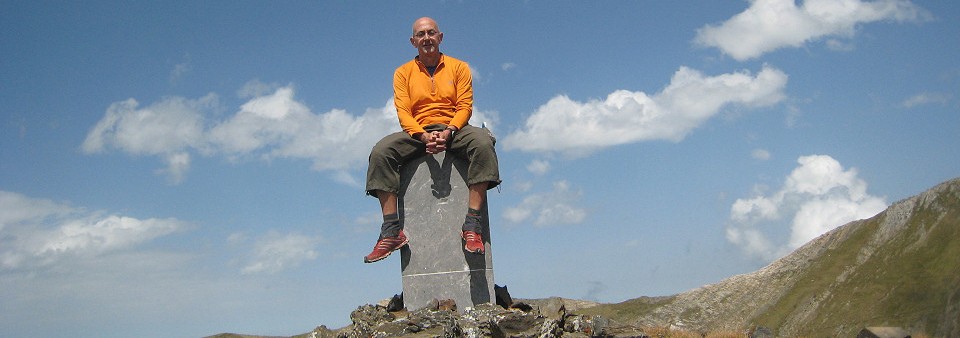
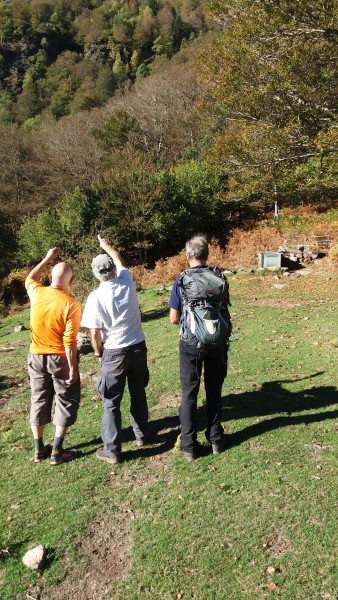
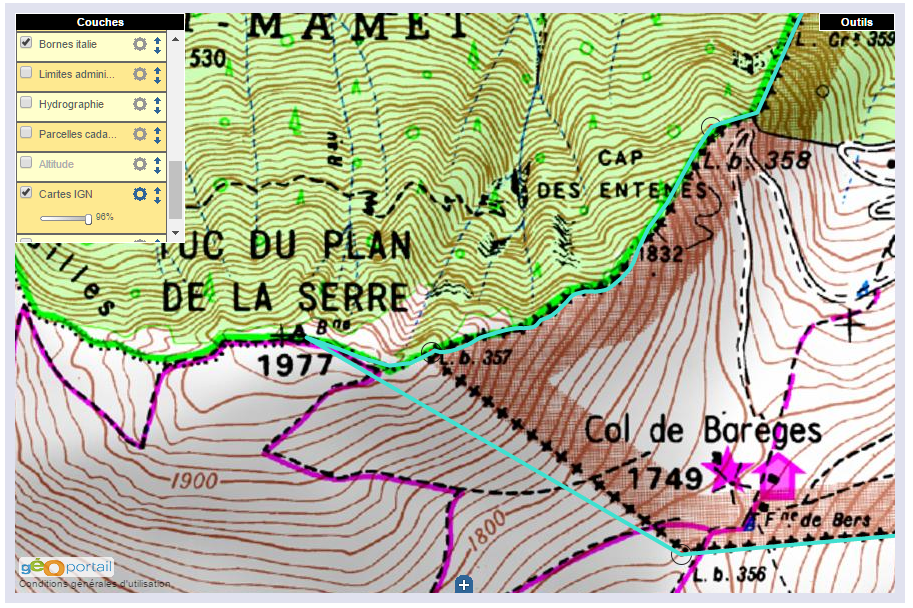
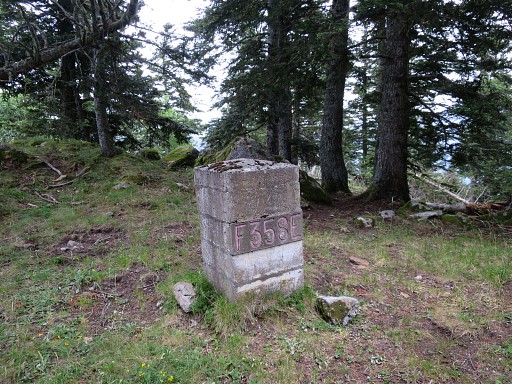
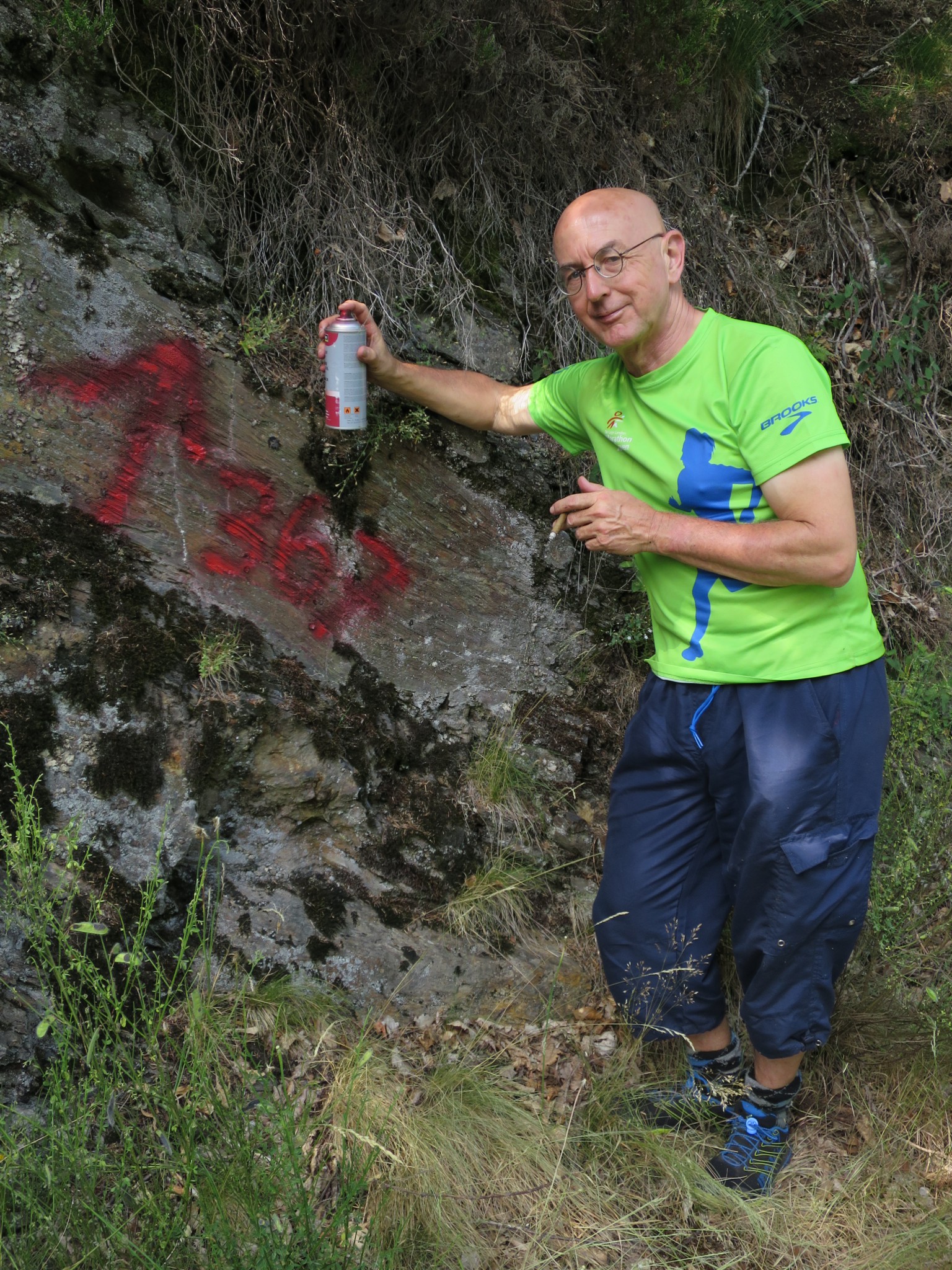
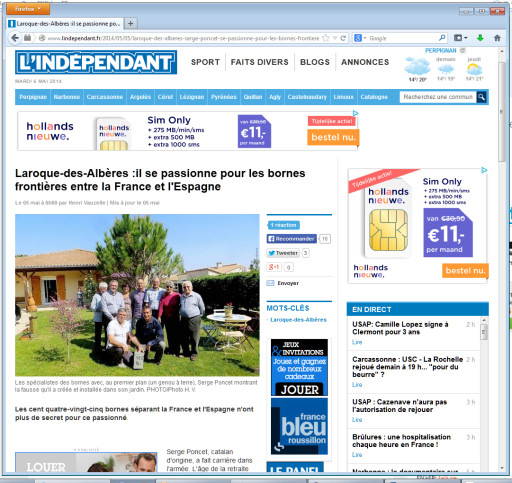
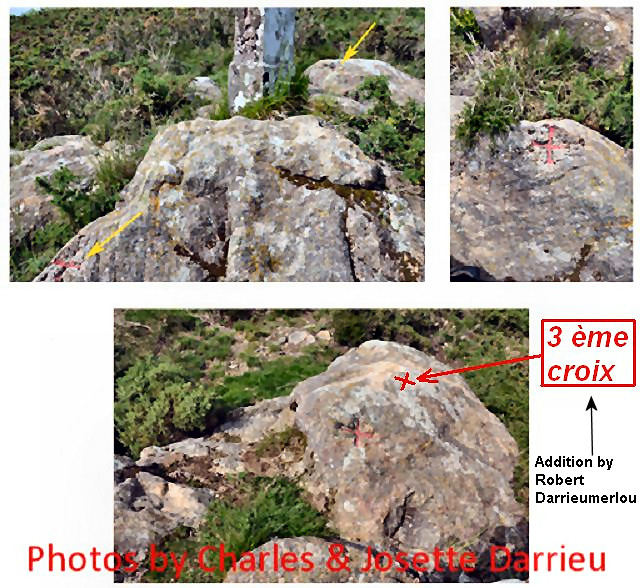
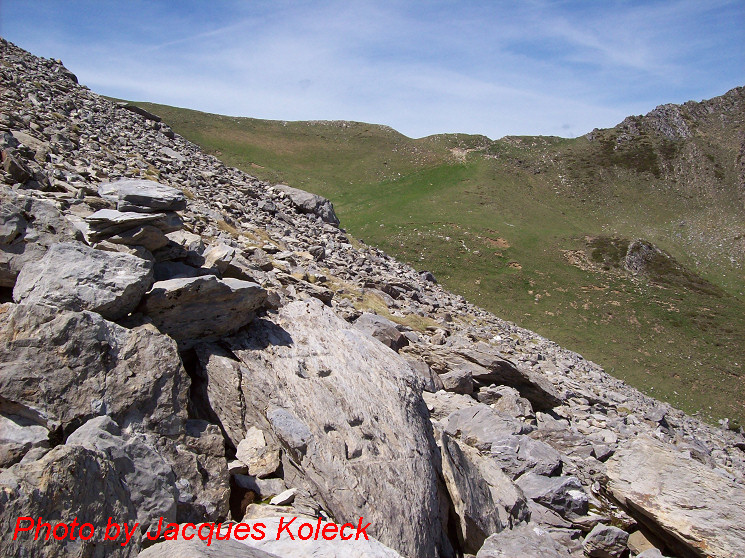
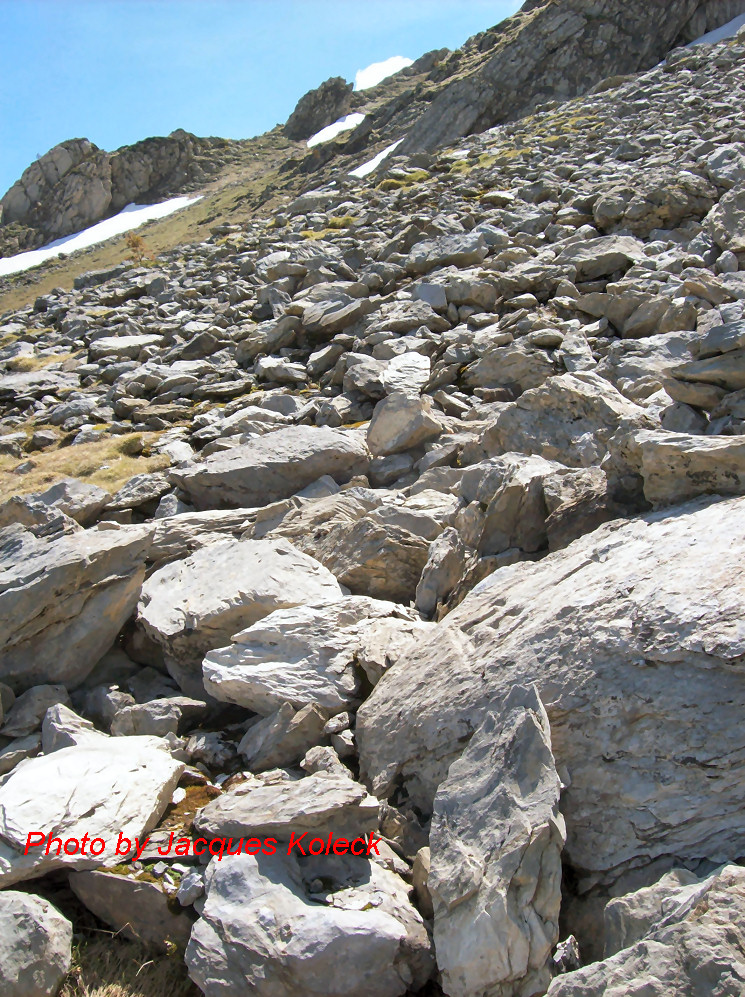

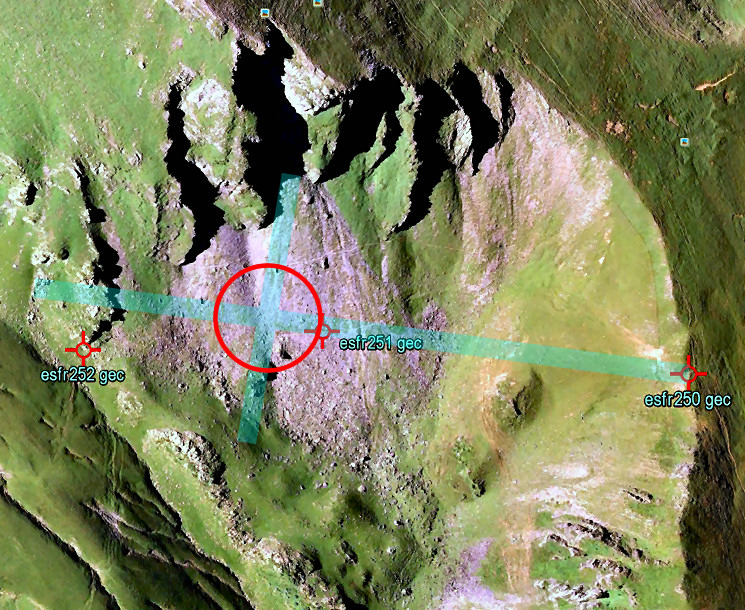
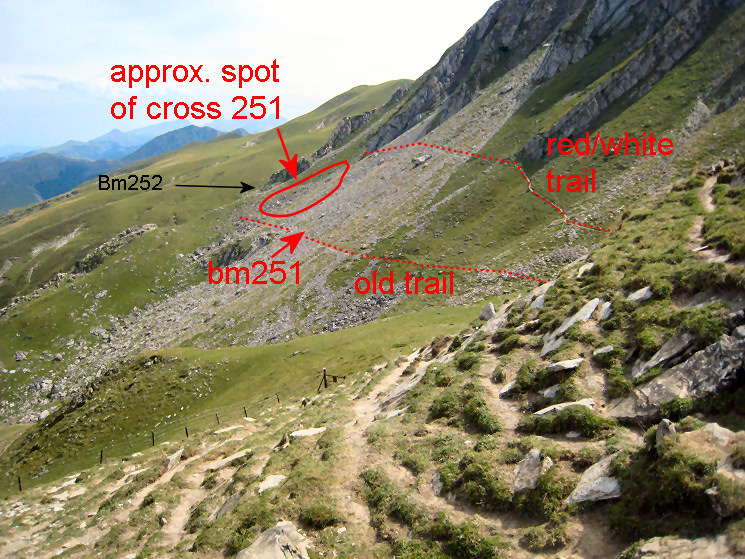
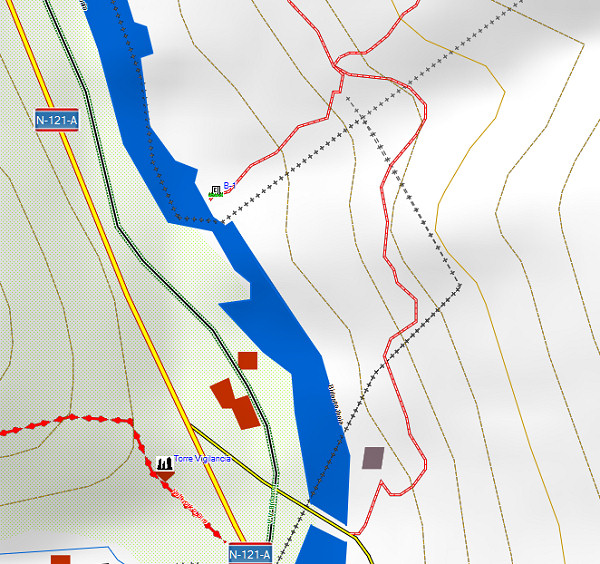
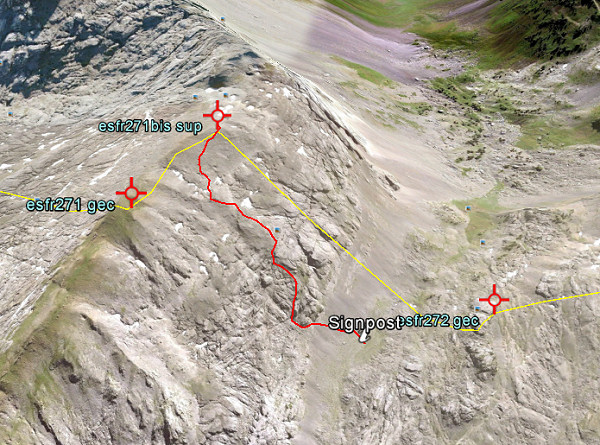


 This French magazine on the Pyrenees – with a literary style & design – published in 2006 an edition on the border aspects of the Pyrenees. Charles Darrieu told me about it and helped me to receive it. Bibliographic data:
This French magazine on the Pyrenees – with a literary style & design – published in 2006 an edition on the border aspects of the Pyrenees. Charles Darrieu told me about it and helped me to receive it. Bibliographic data: